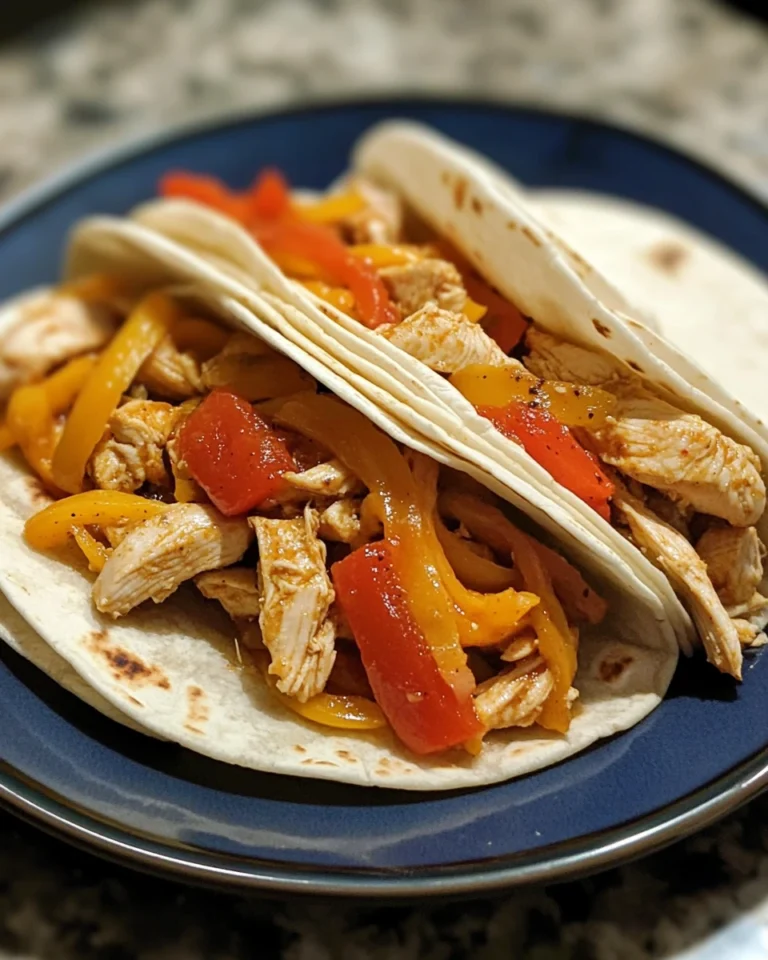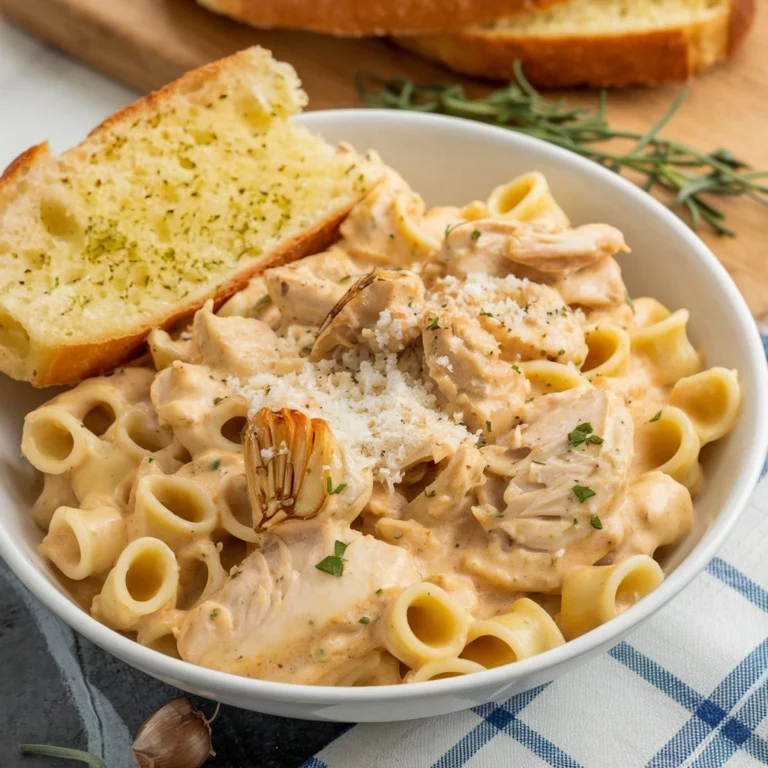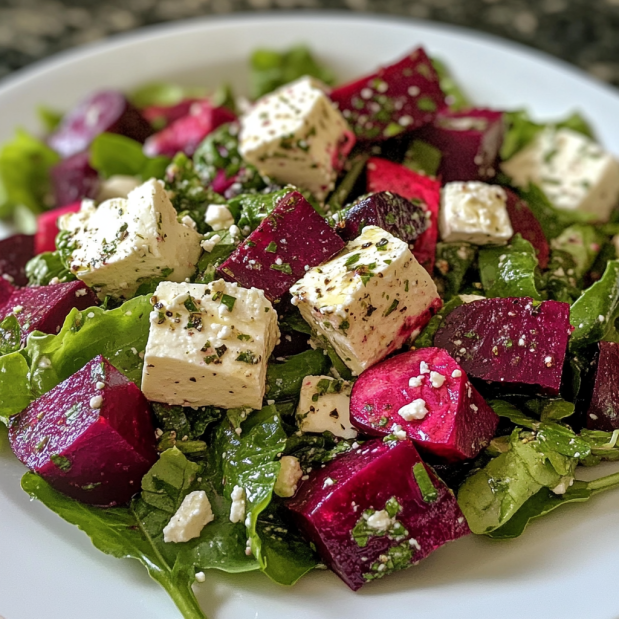Do You Have to Boil Water to Brine Chicken?
Do you have to boil water to brine chicken?
Brining is a simple and effective method to ensure juicy, flavorful chicken. But do you have to boil water to brine chicken? This question often comes up for both beginners and experienced cooks. In this article, we’ll explore whether boiling water is necessary for a successful brine, how cold water brining works, and tips to ensure your chicken is always tender and full of flavor.
Key Benefits of Brine chicken:
- Juicier meat: Brining increases the chicken’s moisture content, leading to a juicier texture after cooking.
- Enhanced flavor: The salt and any additional seasonings permeate the meat, providing deep, consistent flavor.
- Better texture: The salt in the brine helps to tenderize the chicken, resulting in a softer, more tender bite.
Brining is especially helpful for lean meats like chicken breasts, which have a tendency to become dry when cooked at high temperatures. By brining the chicken, you can prevent dryness and ensure the meat remains juicy and flavorful.
Do You Need to Boil Water to Brine Chicken?
Brining chicken is a great way to enhance its moisture and flavor, but one common question is: do you have to boil water to brine chicken? While some recipes recommend boiling, it’s not always necessary. The process of brining can work with cold water just as effectively. So, do you have to boil water to brine chicken? Boiling helps dissolve salt and sugar faster, but as long as they dissolve completely, cold water works too. This guide will answer whether you have to boil water to brine chicken and provide tips for both methods, ensuring juicy results every time.
The Science Behind Brine chicken
At the heart of brining is osmosis, a process where the salt in the brine breaks down the proteins in the meat, allowing the chicken to absorb water and other flavors. Over time, this absorption makes the chicken juicier and more flavorful. Whether you’re using cold or hot water, the core science remains the same.
The Role of Boiling Water in Brine chicken
Boiling water isn’t necessary for the basic act of brining, but it can speed up the process by helping to dissolve the salt and sugar more quickly. Additionally, boiling water can help to extract more flavor from certain seasonings like garlic, bay leaves, and peppercorns. Here’s when boiling water can be particularly useful:
- Faster dissolution: Boiling water dissolves salt and sugar faster than cold water, making the brine ready for use more quickly.
- Better flavor infusion: When you boil spices and herbs in water, their flavors are released more effectively. For example, adding peppercorns or garlic to boiling water will help extract their aromatic oils, leading to a more flavorful brine.
- Convenience: If you’re short on time and need to prepare a brine quickly, boiling water can speed up the process.
However, it’s crucial to let the brine cool completely before adding the chicken. If the brine is still hot when the chicken is submerged, it can begin to cook the meat prematurely, leading to uneven texture and potentially dry spots.
Cold Water Brine chicken: A Simpler Alternative
While boiling water has its benefits, cold water brining is a simpler, no-fuss alternative that works just as well. Instead of boiling, you can mix salt, sugar, and seasonings directly into cold water. While the salt and sugar may take longer to dissolve in cold water, the end result is equally effective.
How to Brine Chicken Using Cold Water
Cold water brining is perfect if you want a low-effort method that doesn’t require heating or cooling. Here’s how to do it:
- Dissolve salt and sugar in cold water: Simply add the required amount of salt and sugar to a large container of cold water and stir until dissolved. You can use kosher salt or table salt depending on your preference.
- Add spices and seasonings: For additional flavor, throw in spices like garlic, rosemary, bay leaves, or peppercorns. While these spices may not release their flavors as quickly in cold water, they’ll still permeate the chicken over time.
- Submerge the chicken: Place the chicken in the brine, ensuring it is fully submerged. Cover the container and let it sit in the refrigerator for the desired amount of time.
Benefits of Cold Water Brine chicken:
- No need to wait for the brine to cool: Since you’re using cold water, you don’t have to worry about cooling the brine before adding the chicken.
- Less risk of overcooking: Using cold water eliminates the possibility of accidentally cooking parts of the chicken in a brine that hasn’t cooled enough.
- More relaxed process: Cold water brining is less involved and requires minimal attention, making it ideal for beginners or those with limited time.
For those new to brining or looking for a simple approach, cold water brining is just as effective as boiling, albeit with a slower dissolution of salt and spices.
Step-by-Step Guide to Brining Chicken
Whether you’re using boiling water or cold water, here’s a detailed guide on how to brine chicken for the best results. This method works for any cut of chicken, from breasts to thighs or even a whole bird.
Ingredients for Basic Brine chicken:
- 4 cups of water (hot or cold)
- 6 tablespoons of kosher salt or 4 tablespoons of table salt
- 4 tablespoons of sugar
- Optional: 2-3 cloves of garlic, 2-3 bay leaves, 1 tablespoon of peppercorns, or any additional herbs and spices
Cold Water Brining Process:
- Add salt and sugar to cold water: In a large container, combine 4 cups of cold water with 6 tablespoons of kosher salt and 4 tablespoons of sugar. Stir occasionally until dissolved.
- Add your preferred spices: To boost flavor, add seasonings such as garlic, bay leaves, or peppercorns to the mixture. You can also experiment with additional herbs like rosemary or thyme for a richer flavor profile.
- Submerge the chicken: Place your chicken in the brine, ensuring it’s fully submerged. If necessary, weigh it down with a plate or other heavy object to keep it below the surface.
- Brining time: Refrigerate the chicken in the brine for the appropriate amount of time based on the cut. For chicken breasts, 30 minutes to 2 hours is sufficient. For a whole chicken, allow up to 24 hours.
- Rinse and dry: After brining, remove the chicken from the brine and rinse it under cold water to remove excess salt. Pat it dry with paper towels before cooking.
Hot Water Brining Process:
- Boil 2 cups of water: In a pot, bring 2 cups of water to a boil. Add the salt, sugar, and any desired spices like garlic or peppercorns to the boiling water.
- Dissolve ingredients: Stir until the salt and sugar are fully dissolved and the spices have released their flavors.
- Cool the brine: Add an additional 2 cups of cold water to the pot and let the brine cool completely. You can also use ice cubes to speed up the cooling process.
- Submerge the chicken: Once the brine has cooled, place the chicken in the brine, ensuring it’s fully submerged. Refrigerate for the required amount of time based on the size of the chicken.
- Rinse and dry: After brining, remove the chicken from the brine, rinse it, and pat it dry before cooking.
By following these steps, you can ensure that your chicken comes out juicy, tender, and full of flavor, whether you use hot or cold water.
How Long Should You Brine Chicken?
The length of time you should brine your chicken depends on the size and cut of the meat. Over-brining can lead to an overly salty flavor, so it’s important to brine for the correct amount of time. Here are general guidelines for brining different cuts of chicken:
- Chicken Breasts: 30 minutes to 2 hours
- Chicken Thighs or Drumsticks: 2 to 4 hours
- Whole Chicken: 12 to 24 hours
- Chicken Wings: 30 minutes to 1 hour
For a more detailed guide on brining times, check out this comprehensive brining guide.
The Importance of Proper Salt Ratios in Brining
The amount of salt you use in your brine is critical to the success of the process. Too little salt won’t have a significant impact on flavor or moisture retention, while too much can make the chicken taste overly salty. The standard ratio for brining is:
- 1 cup of kosher salt per gallon of water (or 3/4 cup of table salt per gallon).
However, you can adjust this ratio slightly based on your taste preferences or dietary restrictions. For a milder brine, use less salt, and for a stronger brine, increase the salt content slightly.
Common Brining Mistakes and How to Avoid Them
While brining is a relatively simple process, there are a few common mistakes that can impact the outcome of your chicken. Here’s how to avoid them:
1. Not Cooling the Brine Properly
One of the most common mistakes is adding chicken to a brine that hasn’t cooled down completely. Adding chicken to hot or warm brine can cause it to start cooking, leading to a rubbery texture and uneven cooking. Always ensure your brine is completely cooled before submerging the chicken.
2. Over-Salting
Using too much salt can result in overly salty chicken, which can be unpleasant to eat. Stick to the recommended ratio of 1 cup of kosher salt per gallon of water, and be cautious if you’re using table salt, as it’s more concentrated than kosher salt.
3. Brining for Too Long
While brining chicken for the correct amount of time can yield juicy, flavorful meat, leaving it in the brine for too long can have the opposite effect. Over-brined chicken may become too salty and mushy. Be sure to follow the suggested brining times for each cut of chicken.
4. Skipping the Rinse
After brining, it’s essential to rinse the chicken under cold water to remove excess salt from the surface. Failing to do this can result in overly salty skin or outer layers of meat. After rinsing, pat the chicken dry with paper towels before cooking.
FAQs About Brining Chicken
Do You Have to Boil Water to Brine Chicken?
No, boiling water is not necessary to create a brine. While boiling can help dissolve ingredients faster and release flavors from spices, cold water brining is equally effective. The key is to ensure the chicken is fully submerged in the brine and refrigerated for the correct amount of time.
What Happens if You Brine Chicken with Cold Water?
Brining chicken with cold water works just as well as using boiling water, though the salt and sugar may take longer to dissolve. As long as the salt is fully dissolved before adding the chicken, cold water brining will still provide juicy, flavorful results.
How Long Should You Brine Chicken?
The brining time depends on the size and cut of the chicken. Smaller cuts like breasts and wings may only need 30 minutes to 2 hours, while larger cuts like a whole chicken may need 12 to 24 hours.
Can You Brine Chicken Without Salt?
No, salt is essential to the brining process. Salt helps break down the proteins in the chicken and allows it to absorb water, resulting in a juicier texture. Without salt, the brining process won’t be effective.
Conclusion
In conclusion, boiling water for brining chicken is an optional step that can speed up the process and help extract more flavor from certain spices. However, cold water brining is a simple and effective alternative that works just as well, albeit with a slower dissolution of ingredients. Whether you choose hot or cold water, the key to successful brining lies in using the right ratio of salt to water, ensuring the brine is fully cooled, and allowing the chicken to brine for the appropriate amount of time.
By following these tips and techniques, you can create juicy, flavorful chicken every time, whether you’re preparing chicken breasts, thighs, wings, or a whole bird. Don’t forget to check out more detailed brining techniques, such as how to make the perfect brine or brining time guidelines to further enhance your cooking skills.







